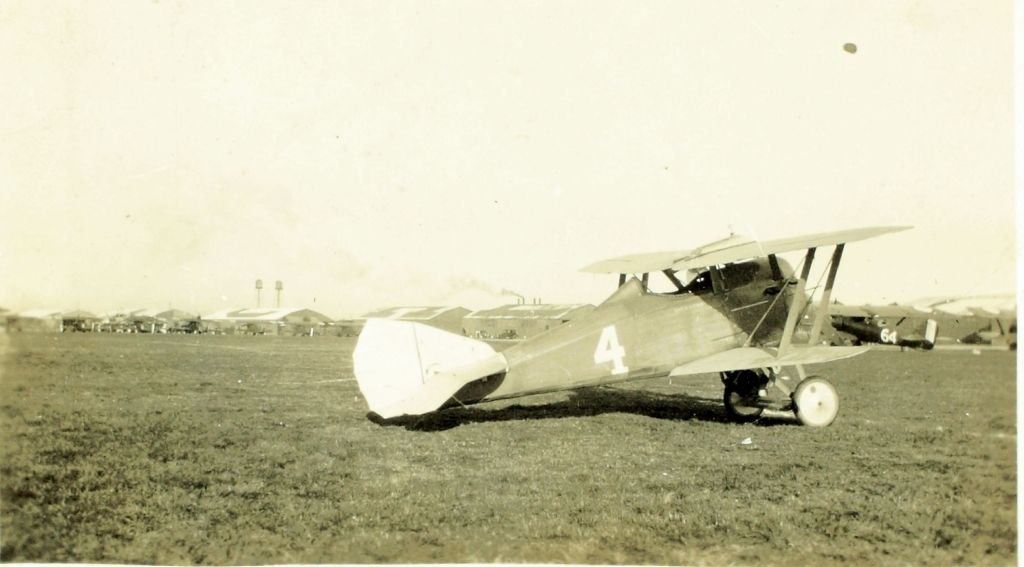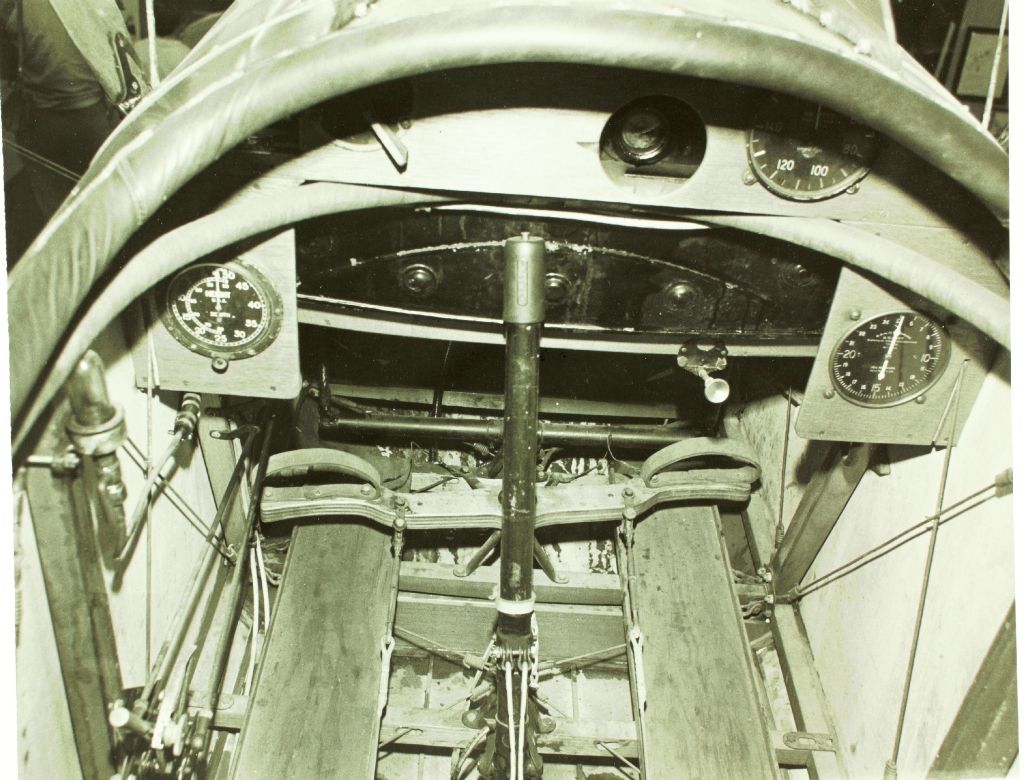Forums
- Forums
- Axis And Allies Forum
- General Discussion
- I Need An Aspirin
I Need An Aspirin
Post a reply
- Go to Previous topic
- Go to Next topic
- Go to Welcome
- Go to Introduce Yourself
- Go to General Discussion
- Go to Screenshots, Images and Videos
- Go to Off topic
- Go to Works in Progress
- Go to Skinning Tips / Tutorials
- Go to Skin Requests
- Go to IJAAF Library
- Go to Luftwaffe Library
- Go to RAF Library
- Go to USAAF / USN Library
- Go to Misc Library
- Go to The Ops Room
- Go to Made in Germany
- Go to Campaigns and Missions
- Go to Works in Progress
- Go to Juri's Air-Raid Shelter
- Go to Campaigns and Missions
- Go to Works in Progress
- Go to Skinpacks
- Go to External Projects Discussion
- Go to Books & Resources
-
11 years ago
 Main AdminWell done Harry, it also proves the fact that Germany did not invent the swept wing
Main AdminWell done Harry, it also proves the fact that Germany did not invent the swept wing
Also Canada's first warplane.


The business was incorporated in 1910 as the "Burgess Company and Curtis, Inc." (after W. Starling Burgess and Greeley S. Curtis). The company was an offshoot of the W. Starling Burgess Shipyard, of Marblehead, Massachusetts.
Burgess was the first licensed aircraft manufacturer in the United States. On February 1, 1911, it received a license to build Wright aircraft from the Wright Brothers, who held several key aeronautical patents. Burgess was charged licensing fees of $1000 per aircraft and $100 per exhibition flight.[1] In 1912 Burgess fitted some of its Wright Model F airplanes with pontoons, contrary to the Wright Company's licensing provisions, which permitted only exact copies of their designs. The license agreement was terminated by mutual consent in January 1914.
In the same month, January 1914, the organization became the Burgess Company, a name change to avoid confusion with the Curtiss Aeroplane and Engine Company. Greeley S. Curtis continued as Treasurer and its major shareholder. Starling Burgess designed and flight tested most of the aircraft that were manufactured at the two plant sites in Marblehead. Greeley S. Curtis was the company's financial and engineering adviser and Frank H. Russell, formerly the manager of the Wright Company's Dayton factory, managed their production operations. The Burgess Company was acquired on February 10, 1914 by the Curtiss Aeroplane and Motor Company. The Burgess Company then operated as a manufacturing subsidiary producing Curtiss's naval training aircraft in late 1916 and continued to produce these aircraft under the Burgess name during World War I until its main production facility was totally destroyed by fire on November 8, 1918.
The company provided seaplanes and other aircraft to the military. The first tractor configuration airplane purchased by the U.S. Army was a Burgess H (S.C. No. 9) in August 1912. In September 1913, a Burgess Model F seaplane based on a modified Wright Model B design with pontoons, was delivered to the Signal Corps for use in the Philippines to maintain a flying school. The same aircraft (S.C. No. 17) in December 1914 was the first in the Army to demonstrate two-way air-to-ground radio communications.
The company manufactured a number of models for the U.S. military, including an extensive production run of the Curtiss N-9 under contract for its parent company in 1916, building 681 for the Navy. Other models built by Burgess include:
Herring-Burgess A ?controls and propulsion by Augustus Herring.
Burgess Model B ?to the Army in 1916 as the BP trainer.
Burgess Model D ?Curtiss Model D built under license.
Burgess Model E ?Grahame-White Baby built under license.
Burgess Model F ?license-built Wright B, fifth airplane built for the Army.
Burgess Model G ?never built, modified Wright Model B.
Burgess Model H ?Six to Army and one flying boat to Navy as trainers.
Burgess HT-2 Speed Scout ?one to Navy.
Burgess HT-1 Scout ?one to the Army and used in the Philippines.
Burgess Model I ?one float-equipped coast defense seaplane to the Army (S.C. No. 17) and used in the Philippines.
Burgess J Scout ?a modified Wright C with curved wings, one to Army (S.C. No. 18).
Burgess Model S ?6 "flying boat" biplanes to Navy.
Burgess Model U ?6 to Army, 1917, last production before company went defunct.
Burgess-Dunne ?built by Burgess under license, one of which became Canada's first military aircraft. Burgess fitted a tailless biplane designed by John Dunne in England with central floats. The U.S. Navy purchased several as the AH-7 in 1914, and the Army one in December 1914 (S.C. No. 36) to replace a Curtiss flying boat lost in 1913.
And The Coveted Prize
-
 AdminI think I need to take her for a "check ride".
AdminI think I need to take her for a "check ride".
-
 Level 1Just think of how it would be if she really could fly
Level 1Just think of how it would be if she really could fly
-
 Level 9... black camo ... she for sure must be a night fighter ...!!
Level 9... black camo ... she for sure must be a night fighter ...!!
-
 AdminCool, nice prize!
AdminCool, nice prize!
*insert 'mile high' joke here*
-
11 years ago
 Main Admin
Main Admin -
 AdminLooks very Nieuport-y except for the tail feathers.
AdminLooks very Nieuport-y except for the tail feathers. -
 Level 1Yes, the tail is more SPAD-y.
Level 1Yes, the tail is more SPAD-y.
Just leave that to Duggy, to find the only existing photograph of the only Nieuspad ever built. -
11 years ago
 Main AdminNot French, the above photo is one of the prototypes.
Main AdminNot French, the above photo is one of the prototypes. -
11 years ago
 Main Admin
Main Admin
Post a reply
- Go to Previous topic
- Go to Next topic
- Go to Welcome
- Go to Introduce Yourself
- Go to General Discussion
- Go to Screenshots, Images and Videos
- Go to Off topic
- Go to Works in Progress
- Go to Skinning Tips / Tutorials
- Go to Skin Requests
- Go to IJAAF Library
- Go to Luftwaffe Library
- Go to RAF Library
- Go to USAAF / USN Library
- Go to Misc Library
- Go to The Ops Room
- Go to Made in Germany
- Go to Campaigns and Missions
- Go to Works in Progress
- Go to Juri's Air-Raid Shelter
- Go to Campaigns and Missions
- Go to Works in Progress
- Go to Skinpacks
- Go to External Projects Discussion
- Go to Books & Resources


